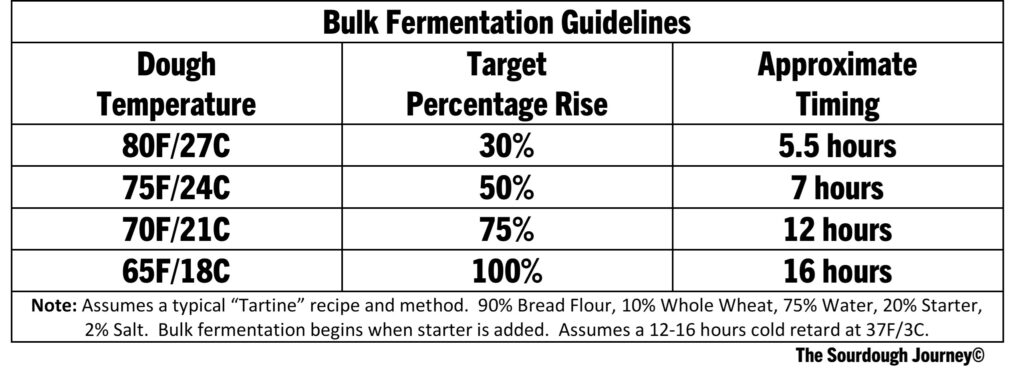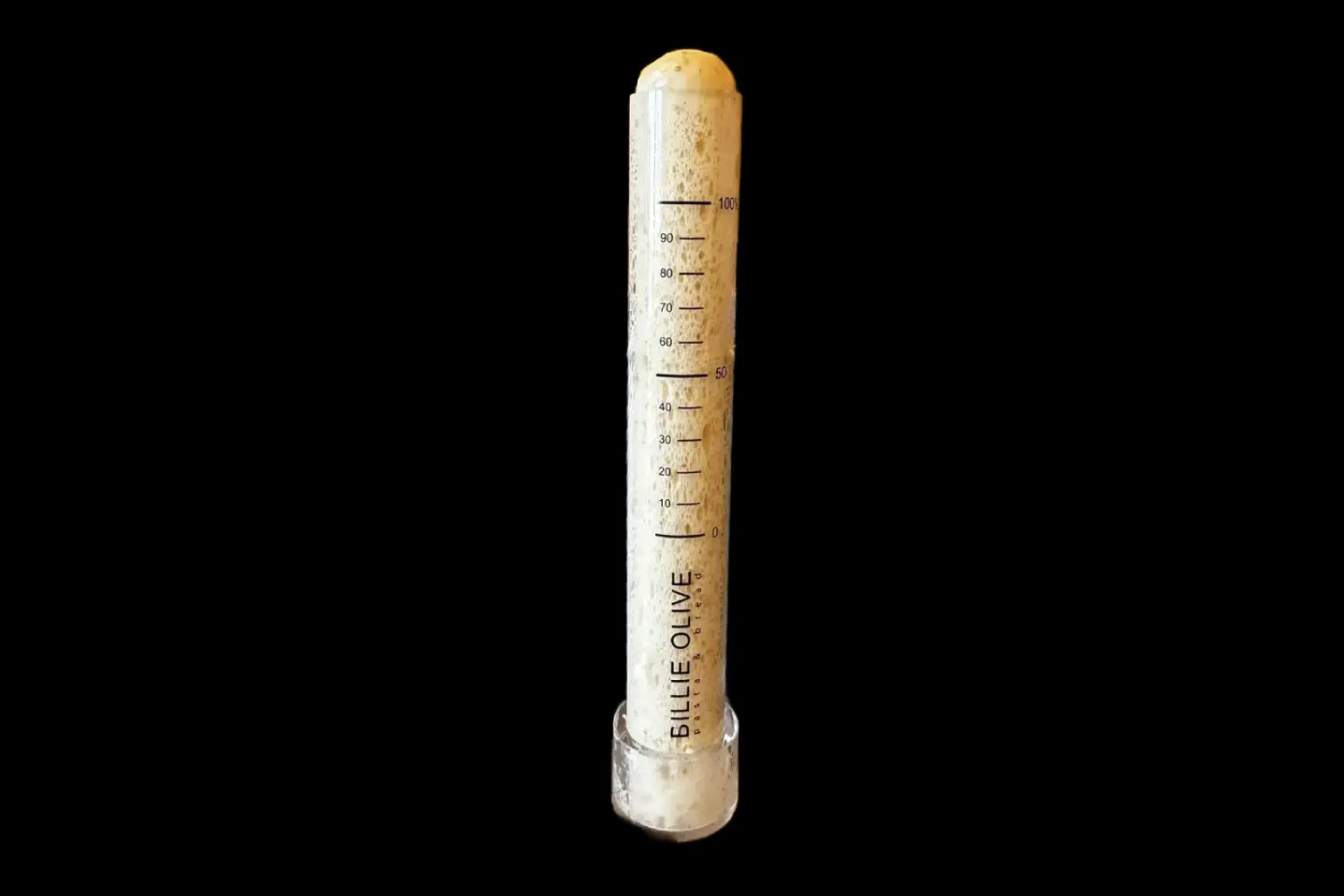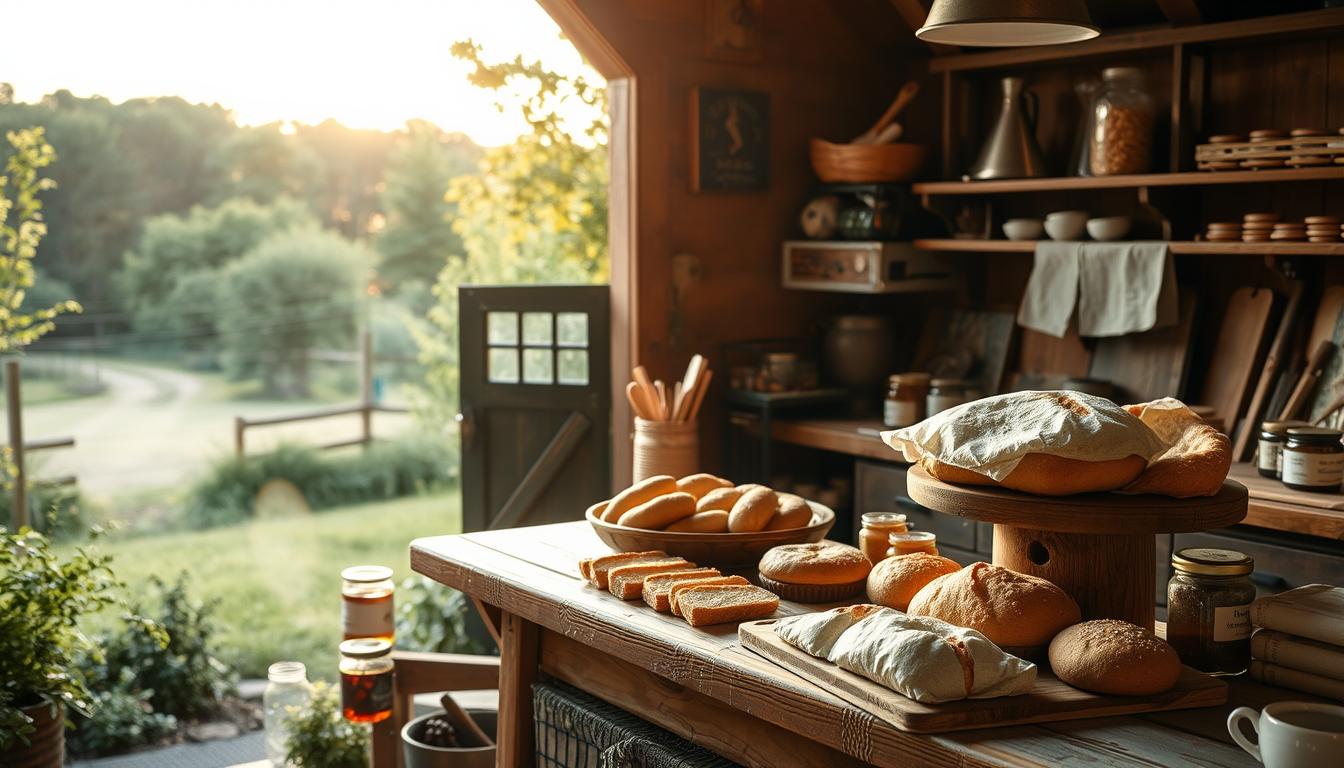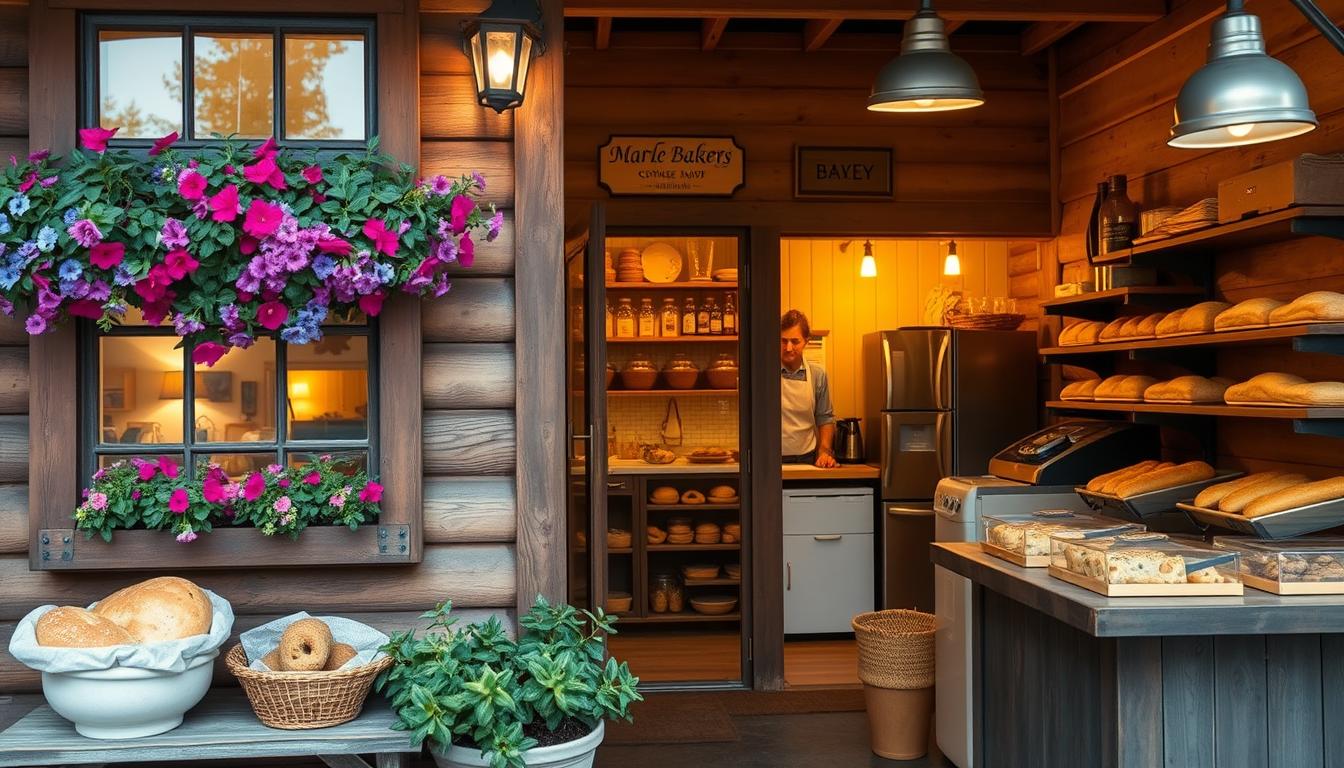By monitoring the fermentation process in a controlled environment, bakers can achieve a more consistent and predictable rise. This technique is particularly useful for both novice and experienced bakers looking to refine their craft.
Key Takeaways
- Using an aliquot jar enhances the bulk fermentation process.
- Monitoring fermentation leads to a more consistent rise.
- This technique is beneficial for bakers of all experience levels.
- Improved fermentation control results in better sourdough loaves.
- Bakers can refine their craft with more predictable outcomes.
Understanding Bulk Fermentation in Sourdough Baking
Sourdough baking hinges on the successful execution of bulk fermentation, a complex biochemical process. This stage is crucial for developing the dough’s flavor and texture.
The Science Behind Fermentation
Bulk fermentation involves the action of wild yeast and bacteria on the dough’s sugars, producing carbon dioxide and lactic acid. This process not only leavens the bread but also contributes to its characteristic sour taste. The fermentation process is influenced by factors such as temperature, dough hydration, and the presence of salt.
Why Timing Matters in Sourdough
Timing is critical in bulk fermentation because it directly affects the final product’s quality. Under-fermentation can result in a dense, bland loaf, while over-fermentation can lead to a sour, unpleasantly textured bread. Monitoring the fermentation process closely is essential to achieve the perfect balance.
Common Challenges in Monitoring Fermentation
Bakers often face challenges in monitoring bulk fermentation, including maintaining consistent temperatures and assessing the dough’s progress.
“The key to successful sourdough baking lies in understanding and controlling the variables that affect fermentation.”
A table summarizing these challenges and potential solutions is provided below:
| Challenge | Solution |
|---|---|
| Inconsistent Temperature | Use a temperature-controlled environment |
| Difficulty Assessing Dough Progress | Regularly inspect dough for signs of fermentation |
| Over or Under-Fermentation | Monitor fermentation closely and adjust timing as needed |
What is an Aliquot Jar Sourdough Bread Method?
For those seeking precision in sourdough baking, the aliquot jar method is a valuable tool. This technique involves using a small jar or container to monitor the fermentation process of sourdough bread, allowing bakers to achieve more consistent results.
Definition and Origin of the Aliquot Method
The aliquot jar method is defined as a technique where a portion of the sourdough starter is placed in a separate small jar or container to measure its activity and fermentation rate. The origin of this method is rooted in the need for precision in sourdough baking, where the fermentation process can be unpredictable.
How the Aliquot Jar Works
The aliquot jar works by providing a controlled environment to measure the rise in your dough. By placing a small amount dough in a jar, bakers can observe its rise and fall, giving insight into the fermentation process. The key benefits include:
- Improved accuracy in determining fermentation completion
- Better control over the proofing process
- Enhanced consistency in bread quality
Benefits of Using an Aliquot Jar for Precision
Using an aliquot jar offers several benefits to sourdough bakers, including improved precision and control over the fermentation process. This method is particularly useful for achieving consistent results, especially for bakers who are new to sourdough or experimenting with different recipes.
Who Should Use This Method
This method is ideal for bakers seeking to refine their sourdough baking skills, particularly those who value precision and consistency. Whether you’re a novice or an experienced baker, the aliquot jar method can help you achieve better results.
Setting Up Your Aliquot Jar System
Setting up your aliquot jar is the first step towards achieving consistent results in your sourdough baking. This process involves several key steps and components that work together to help you monitor your dough’s bulk fermentation accurately.
Choosing the Right Container
The container you choose for your aliquot jar is crucial for the method’s success. You need a vessel that allows you to measure the rise of your dough sample accurately.
Straight-Sided vs. Other Options
A straight-sided, narrow jar is ideal because it makes it easier to measure the dough’s rise. The straight sides ensure that the rise is linear and easy to track, providing a clear indication of fermentation progress.
Size and Material Considerations
When it comes to size, a jar with a capacity of around 1 quart is typically recommended. The material should be clear glass or plastic, allowing you to observe the dough’s activity. Ensure the jar is clean and dry before use.
Essential Tools and Materials
Besides the jar, you’ll need a few more tools to set up your aliquot jar system. These include a rubber band to mark the starting point of your dough sample, a scale for measuring ingredients, and a utensil for mixing.
Step-by-Step Setup Instructions
Setting up your aliquot jar involves preparing both your main dough and the aliquot sample.
Preparing Your Main Dough
Start by mixing your sourdough ingredients according to your recipe. It’s essential to maintain consistency in your dough preparation to get reliable results from your aliquot jar.
Setting Up the Aliquot Sample
Once your main dough is mixed, take a small sample and place it in the aliquot jar. The sample size should be sufficient to allow for accurate measurement of its rise.
Marking Your Starting Point
Use a rubber band to mark the initial level of the dough in the jar. This will serve as your reference point for measuring the dough’s rise during fermentation.
By following these steps, you’ll be able to set up your aliquot jar system effectively, paving the way for more consistent and predictable sourdough baking results.
Using the Aliquot Jar to Monitor Bulk Fermentation
Monitoring bulk fermentation is a crucial step in sourdough baking, and the aliquot jar method provides a precise way to track the progress of your dough. By using an aliquot jar, bakers can gain insights into the fermentation process, making it easier to achieve consistent results.
How to Interpret the Rise Percentages
Interpreting the rise percentages in your aliquot jar is key to understanding the progress of your dough’s bulk fermentation. The rise is typically measured at regular intervals, and the percentage increase is calculated based on the initial volume.

Determining the Optimal End Point
Determining the optimal end point of bulk fermentation is critical for achieving the desired texture and flavor in your sourdough bread. The aliquot jar helps in identifying this point by providing a clear indication of when the dough has reached the desired level of rise.
Adjusting for Different Ambient Temperatures
Ambient temperature plays a significant role in the fermentation process. Warmer temperatures can accelerate fermentation, while cooler temperatures slow it down. Adjusting your monitoring schedule according to the ambient temperature is essential for achieving consistent results.
In conclusion, using an aliquot jar to monitor bulk fermentation is a straightforward and effective method for achieving consistent results in sourdough baking. By understanding when to start monitoring, how to interpret rise percentages, and how to adjust for different conditions, bakers can refine their craft and produce high-quality sourdough bread.
Troubleshooting and Advanced Techniques
With the aliquot jar method, bakers can achieve greater precision in monitoring bulk fermentation, but they must also be prepared to troubleshoot and adapt their approach as needed. As bakers gain experience, they’ll encounter various challenges that require adjustments to their technique.
Common Mistakes and Solutions
One of the most common issues bakers face is misinterpreting the rise percentages or not adjusting for ambient temperatures. To avoid over-fermentation, it’s crucial to monitor the aliquot jar closely and understand the signs.
Over-Fermentation Signs
Signs of over-fermentation include a sour smell that’s too intense, a collapse or significant sag in the dough, and a dense or soggy texture. If you notice these signs, it’s likely that your dough has fermented too long.
Under-Fermentation Issues
Conversely, under-fermentation can result in dough that’s too dense or lacks the desired rise. This can be due to insufficient proofing time or incorrect temperature assessments.
Adapting the Method for Different Recipes
The aliquot jar method is versatile and can be adapted for various sourdough recipes. By adjusting the ratio of flour to water and monitoring the fermentation process, bakers can experiment with different flour types and recipes.
Using the Aliquot Jar with Cold Fermentation
Cold fermentation, or cold retard, slows down the fermentation process, allowing for a longer proofing time. When using an aliquot jar with cold fermentation, bakers must adjust their monitoring schedule accordingly, as the slower fermentation rate can affect the rise percentages.
Experimenting with Different Flour Types
The type of flour used can significantly impact the fermentation process. By experimenting with different flour types, bakers can discover how various flours respond to the aliquot jar method, allowing for further refinement of their technique.
By mastering the aliquot jar method and learning to troubleshoot common issues, bakers can achieve consistent results and refine their sourdough baking skills.
Conclusion: Elevating Your Sourdough Journey with Precision
By incorporating the aliquot jar method into your sourdough baking routine, you can elevate your sourdough journey with precision. This technique allows for accurate monitoring of bulk fermentation, resulting in perfect sourdough loaves every time.
With the aliquot jar method, you can refine your baking techniques and achieve consistent results. By understanding the science behind fermentation and using the aliquot jar to monitor progress, you can take your sourdough baking to the next level.
As you continue on your sourdough journey, remember that precision is key to producing high-quality sourdough loaves. By applying the principles outlined in this article, you’ll be well on your way to creating delicious, artisanal bread that will impress even the most discerning palates.
FAQ
What is an aliquot jar and how does it help in sourdough baking?
An aliquot jar is a small container used to hold a sample of sourdough dough, allowing bakers to monitor the bulk fermentation process more accurately. By observing the rise and fermentation of the dough in the jar, bakers can better predict when the main dough has reached its optimal fermentation level.
Why is bulk fermentation important in sourdough bread making?
Bulk fermentation is a critical stage in sourdough bread making as it allows the dough to develop flavor and texture. Proper bulk fermentation ensures that the dough is adequately fermented, leading to a better rise and crumb structure in the final loaf.
How do I choose the right container for my aliquot jar?
When choosing a container for your aliquot jar, look for one that is straight-sided and has a narrow width, such as a cylindrical jar or a square Pyrex dish. This shape allows for easier measurement of the dough’s rise. The material should be clear and non-reactive, such as glass.
How often should I check my aliquot jar during bulk fermentation?
The frequency of checking your aliquot jar depends on factors like ambient temperature and the stage of fermentation. Generally, it’s a good idea to check the jar every 30 minutes to an hour to monitor the progress of the fermentation.
What are the signs of over-fermentation or under-fermentation in my aliquot jar?
Over-fermentation is indicated by a collapse or significant slowdown in the rise of the dough in the aliquot jar, often accompanied by large air bubbles or a sour smell. Under-fermentation is marked by a lack of rise or minimal expansion. Adjust your bulk fermentation time based on these observations.
Can I use the aliquot jar method with different types of flour or recipes?
Yes, the aliquot jar method is versatile and can be adapted for use with various types of flour or sourdough recipes. However, you may need to adjust fermentation times based on the specific characteristics of your dough, such as its hydration level or the type of flour used.
How does ambient temperature affect the fermentation process in my aliquot jar?
Ambient temperature significantly affects the fermentation rate of your sourdough. Warmer temperatures speed up fermentation, while cooler temperatures slow it down. Adjust your monitoring schedule and expectations accordingly based on your kitchen’s temperature.
Is the aliquot jar method suitable for cold fermentation or retarded fermentation?
Yes, the aliquot jar method can be used with cold or retarded fermentation techniques. However, the slower fermentation rate at cooler temperatures means you’ll need to adjust your monitoring schedule to accommodate the longer fermentation times.





Leave a Reply